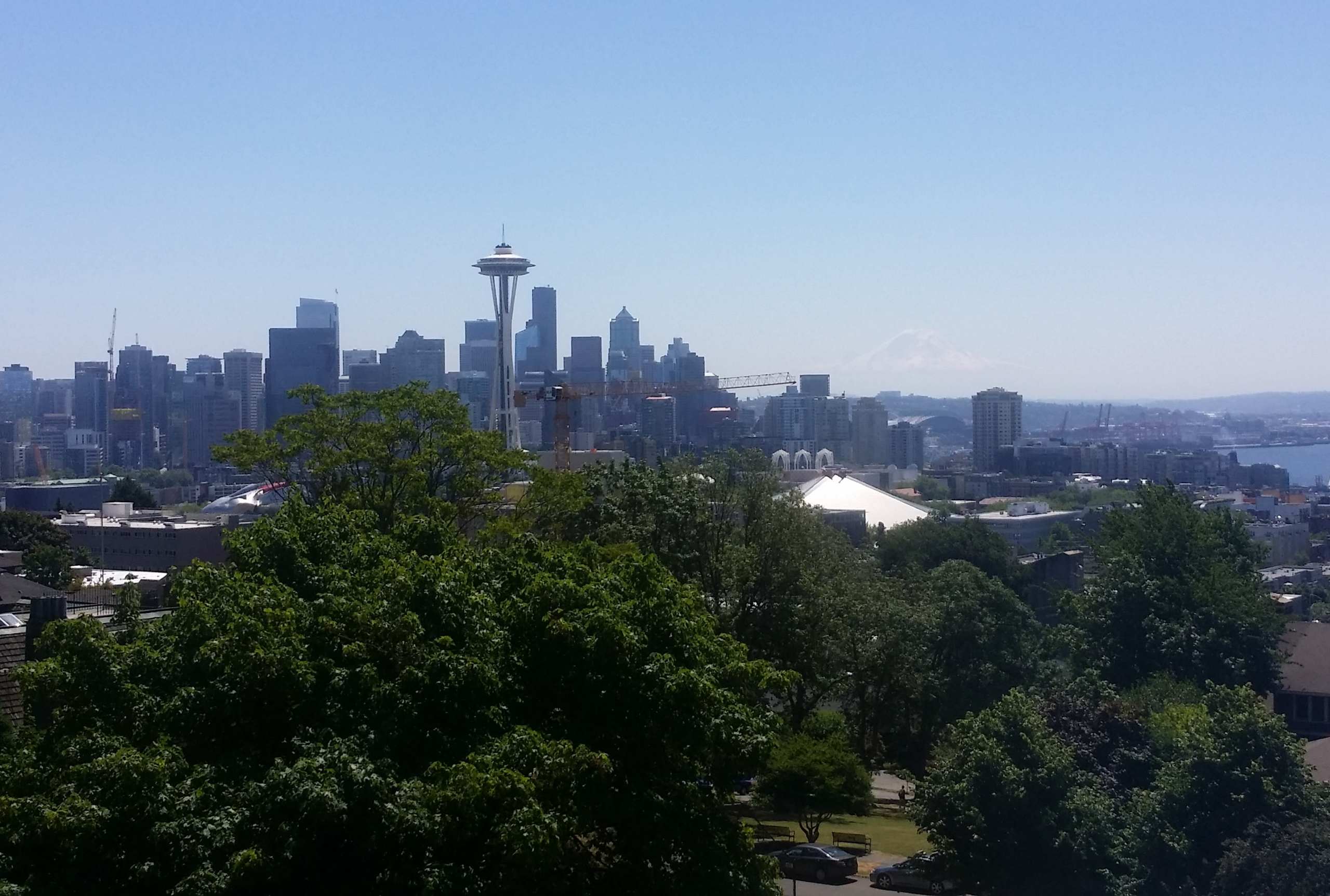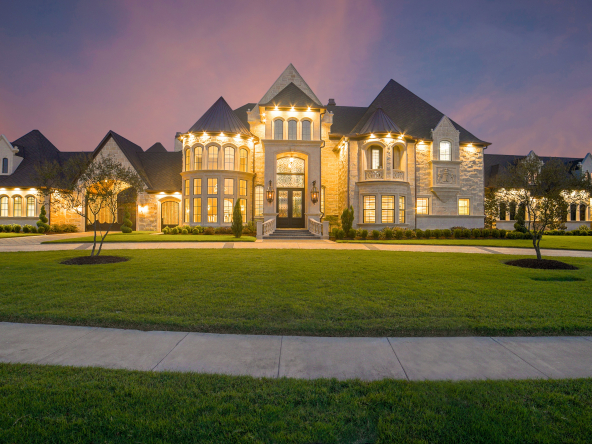In approaching the end of 2018, there are markets that have begun to show signs of a downturn. This includes some popular metropolitan cities that have been leaders in the post recession housing boom; many predominantly located on the West Coast. The most common indicaters of a downturn are: an escalation of houses on the market with a price reduction, a growing quantity of listings and a rise in days each property lingeres on the market.
As of October 2018, the “year-over-year” price of a listed home throughout the U.S. was a little over 7%. This is significantly less that the 10% annual increase from 2017 or the just over 8% for 2016. This decrease of listing prices for homes in these big cities gives potential buyers more to choose from because it increases the inventory they can consider. Many feel that these downward price adjustments are bringing markets back to being more reasonable.
To determine which real estate markets are slowing down the most, the characteristics considered were: annual price, inventory, days on market, and price reduction changes from October 2017 to October 2018 of the 100 largest metros. The top ten, in ascending order from #10 are: Portland, Seattle, Dallas, Honolulu, Oxnard, San Diego, Nashville, San Francisco, San Jose and the number one spot goes to Stockton, CA.
There are four influencial reasons for this downturn.
- Mortgage interest rate increases we have seen during 2018. Each rate increase goes hand-in-hand with an increase to the monthly mortgage payment which can cost the buyer thousands and thousands of dollars over the course of a loan. Because of this, buyers often are then having to consider smaller homes, less expensive homes with lesser amenities, “fixer-uppers” or to put off the purchase altogether.
- Over-inflated house prices in the eyes of buyers. In many big cities home prices were increasing by huge percentage rates. An example of this was San Jose which was over 22% from 2016 to 2017; a city already viewed as expensive. Additionally, there has been new tax laws regarding loan amounts for mortgage interest deductions as well as “a new $10,000 cap on property and either sales or income taxes”. All this contributes to the cost of ownership.
- Sellers are concerned about the state of the market. As interest rates go up, bidding wars subside and homes begin to langishing on the market, sellers feel pressure to put their house on the market sooner rather than later due to fear they may miss the boat. This just adds to the bloat of inventory. Furthermore, in some previously hot markets, sellers were over pricing their property when initially marketing it and now are forced to drop the price as the tide turns in favor of the buyers.
- New construction is now surpassing demand. When housing inventory was low and demand was on the uptick, developers rushed to get more houses going. This takes planning ahead and shooting for future expected needs. Eventually over time the wind shifts and demand dissipates, but the builders are still going full steam ahead with plans already put into motion.
Read full Article – “The Housing Slowdown Is Here—and These 10 Cities Are Getting Hit Hardest” (12-05-2018) by Clare Trapasso. Senior news editor of realtor.com and an adjunct journalism professor at St. John’s University. She previously wrote for a Financial Times publication, the New York Daily News, and the Associated Press. She is also a licensed real estate agent.




